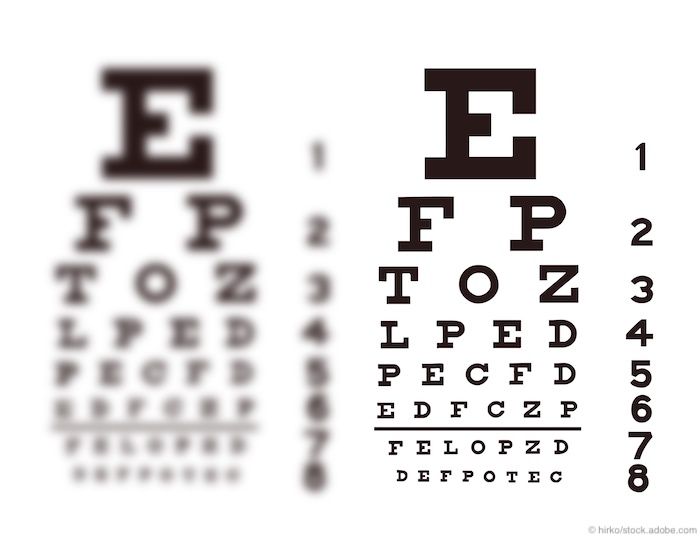
As another year comes to an end, five members of Ophthalmology Times Europe’s Editorial Advisory Board reflect and share their perspectives on the exciting opportunities that lie ahead for ophthalmologists in 2018, whilst also considering the potential challenges.













































